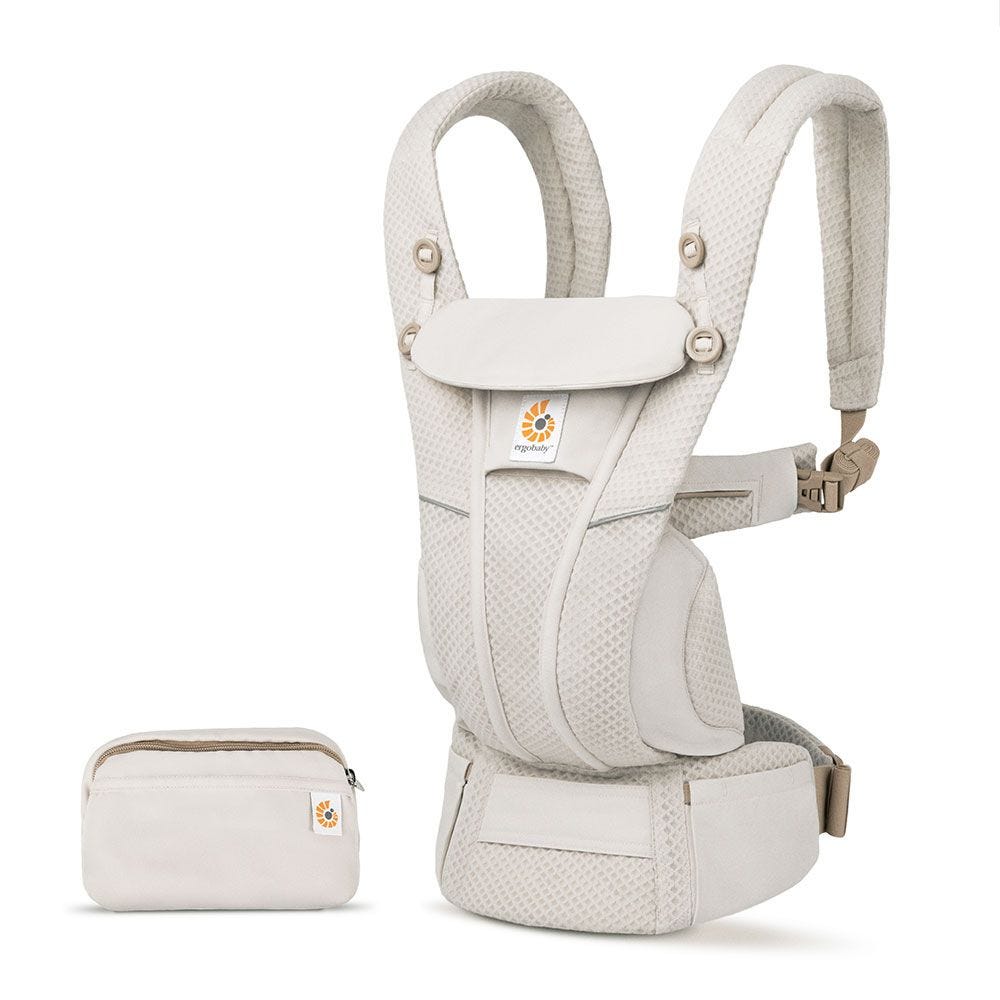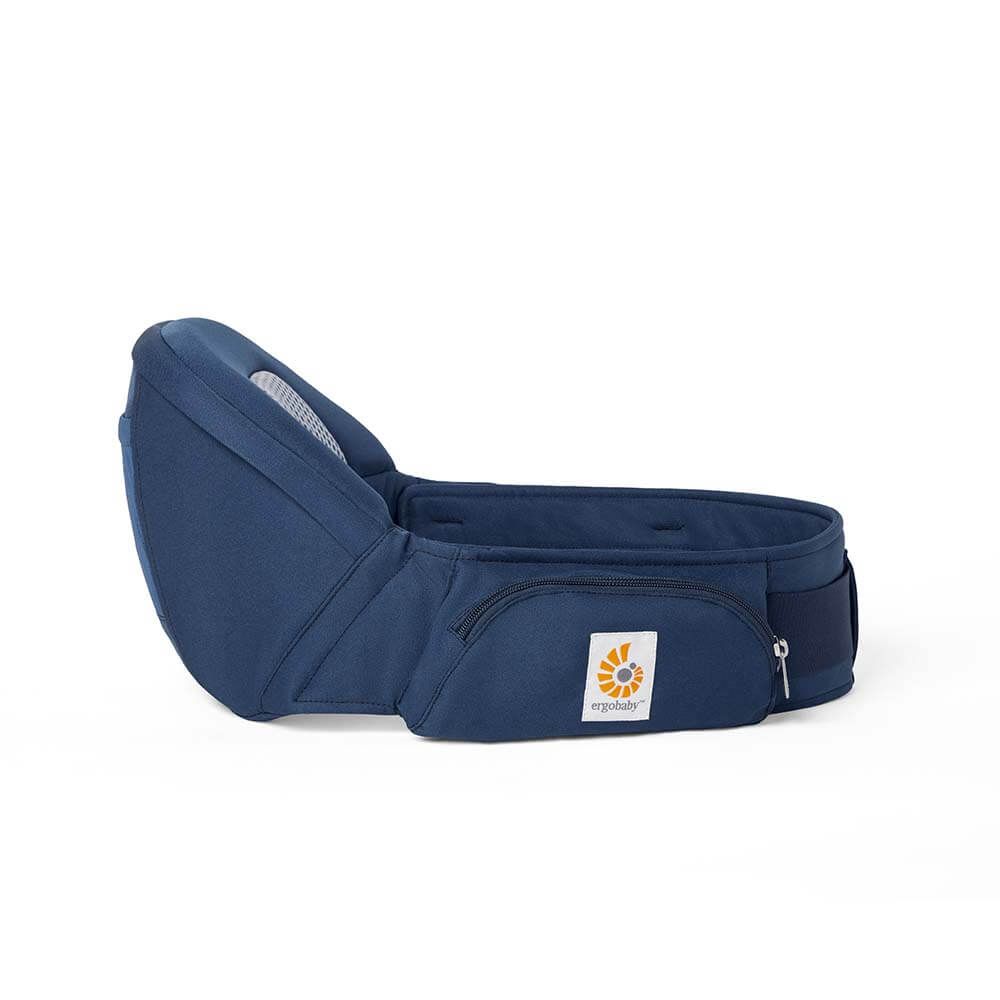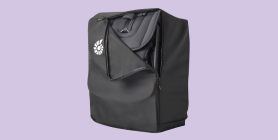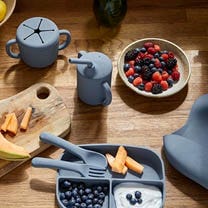Page 11 - Blog
September 05, 2023
You don’t need to avoid exercise for nine months, unless you have specific medical advice telling you not to do any exercise during pregnancy or to adjust certain movements.
If you exercised before you became pregnant, you can continue to exercise now. The aim should be to keep your current level of fitness rather than trying to reach peak fitness. If you were not regularly active before pregnancy, start off gently and avoid any exercises where you cannot talk without getting out of breath.
Exercise during pregnancy offers many physical and emotional benefits. Physical activity may also help manage some symptoms of pregnancy and make you feel better, knowing you’re doing something good for yourself and your baby.
Exercise during and after pregnancy: We answer the ten most asked questions.
1. Should I exercise during pregnancy?
The NHS guidelines states that the more active and fit you are during pregnancy, the easier it will be for you to adapt to your changing shape and natural weight
September 04, 2023
When you fall pregnant, a new organ grows along with your baby, which supplies your little one with all the important nutrients via the umbilical cord. This is called the "placenta". The placenta can nestle in various locations in the uterine wall, for example in the anterior or posterior wall, the left or right-side wall and in the upper part of the uterus (in the fundus). The placenta is not fully formed until the end of the first trimester and then continues to grow until the end of pregnancy. In the first half of pregnancy, the placenta grows faster than the baby, and in the last trimester the reverse. When the placenta attaches low in the uterus, you’ll hear people referring to it as a low-lying placenta. They’re usually spotted on your routine 20-week ultrasound.
As the uterus grows upwards, the placenta is likely to move away from the cervix. Your midwife will check for this during an extra scan at 32 weeks. If that scan finds your placenta is still low lying, you’ll have another
September 04, 2023
At Ergobaby, we are particularly concerned about protecting our planet for our children’s future. That's why sustainability plays a major role in our corporate philosophy.
Living more sustainably starts with very small adjustments in your daily life. And, because we are parents ourselves and know that there is little time in everyday life with a baby and children to think about sustainability, we have put together our top 10 tips for a more sustainable approach:
1. Shop greener clothes: if you do not choose to buy brand new clothes for your baby, look for textiles with the GOTS label. This is an international label for organic textiles that was founded in 2002 and guarantees that textile production is environmentally and socially responsible. No harmful or carcinogenic substances are used. In addition, GOTS requires the creation of a sustainability plan that considers water and energy consumption as well as waste management.
2. Use reusable nappies: Although reusable nappies have a reputation
August 29, 2023
The first few days after birth can be quite exhausting and tiring for most breast/chest feeding mothers.
People often talk about a "breast/chest feeding marathon", as your baby is expected to drink every two to three hours. This is normal and may take a few days for your milk production to adjust to your baby's needs. In the first three days, your baby may need between 2 to 20 ml of colostrum per meal, and then switch to transition milk from day four. Then, from day fifteen, you will be breast/chest feeding mature breast/chest milk.
However, breast/chest feeding does not always go smoothly. In most cases, pain during breast/chest feeding is caused by sore or cracked nipples. Our midwife Katrin Ritter explains how you can prevent sore nipples and milk engorgement and what can help you if it does happen.
How to avoid painful nipples.
According to a US study, breast/chest feeding problems in the first three to seven days after birth are the biggest reason why mothers stop breast/chest feeding.
August 23, 2023
Your pelvic floor is a group of muscles that you might not think about very often, but if they aren’t strong and flexible, they can sorely impact your quality of life. This area of the body fulfils many important functions, as it is directly connected to our abdominal, back and respiratory muscles. The pelvic floor enables us to walk upright, closes our pelvis downwards, supports our internal organs and ensures that the bladder and bowel sphincters function. It also contributes to pleasurable sex. Today we talk about the role of the pelvic floor during pregnancy, during birth and afterwards. In this blog you will learn about the positive benefits that targeted pelvic floor training can have for you during pregnancy and afterwards.
What role does the pelvic floor play during pregnancy?
Your pelvic floor changes during pregnancy. On the one hand it needs stability to hold the uterus with the baby and on the other hand it needs a certain elasticity to give way to the increasing weight of the
August 14, 2023
Have you ever wondered how newborn babies can intuitively suckle on their mother's breast/chest? How can they do it so instinctively? It's simple: sucking and suckling are innate behavioural mechanisms in young babies.
Even in the womb, growing babies can be observed sucking their thumbs during ultrasound examinations. According to scientific studies, sucking has a calming effect and can even help to reduce unpleasant or painful sensations. It's no wonder that in some families a dummy is considered the "Holy Grail" that must not be lost under any circumstances.
But what about a dummy? Is it healthy for your little one’s teeth development? And if so, what does the perfect dummy look like? Or is it best not to teach your baby to suck on a dummy, because it is so difficult to wean off later? And what if your child prefers to suck their thumb rather than a dummy?
A dummy. Yes, or no?
When it comes down to it, the choice is entirely yours. Whether your baby is breast/chest, bottle fed or using
August 07, 2023
Even though your baby's head is the biggest and heaviest part of your child - their skull is still very sensitive. Hidden beneath the soft baby fuzz are movable, deformable plates that protect your baby's developing brain. However, they can also flatten if your little one lies on their back too often and can't turn their head. This is when the so-called flat head syndrome can occur. Although this can be treated, it is much easier to prevent it. That's why Katrin Ritter a Midwife and Babywearing and Sleep Specialist for Ergobaby explains more about how flat head syndrome occurs in babies and which Ergobaby products can help you prevent it.
What is flat head syndrome?
If babies lie on their backs for several hours a day, for example in a stroller, bassinet or car seat/infant carrier, and at night as recommended, they can develop what is known as flat head syndrome. Also known as positional plagiocephaly or brachycephaly, flat head syndrome can sometimes begin before birth when pressure is
August 06, 2023
We love denim, especially when your favourite jeans fit perfectly! There is almost no other piece of clothing that fits so comfortably to spend your day in. And now you can get that feeling for your baby carrier too. A little bonus: You're also doing something for your ecological footprint! Because Ergobaby has teamed up with the New Denim Project®, a sustainable design lab in Guatemala, to create the Ergobaby Omni Dream Denim. The ultra-soft design of our popular baby carrier is made from 100% upcycled denim fabric, helping to reduce waste in the textile industry and conserve important resources on our planet.
The first Ergobaby baby carrier made from 100% cotton denim.
The New Denim Project®, a family-run design lab in Guatemala City, promotes an environmentally conscious approach to fashion production. They are committed to transforming our economy from a linear system to a circular system.
What does that look like?
Old denim is given a new lease of life. By mechanically breaking down
August 02, 2023
Why can breastfeeding be painful?
Breastfeeding can have some of the weirdest side effects, as Sandra, our lactation consultant, knows all too well. Unfortunately, pain is also part of it and unfortunately the reason is not always as clear as if the baby is teething. Some mothers also complain about the formation of milk blisters on the nipple. In today's breastfeeding advice you can find out what is behind this and what to do in this case.
What do milk blisters on the nipple mean?
There are many different reasons why a blister can develop on the nipple. Often a small skin forms above a milk duct on the nipple. This is accompanied by a tingling sensation in the breast and pain when breastfeeding. The milk is hindered in its flow by the membrane and can even lead to milk stasis. After breastfeeding, a white spot or milk-filled blister often remains on the nipple.
If you're lucky, the bubble will pop open on its own while breastfeeding. You can support this “self-opening” before breastfeeding
July 31, 2023
Breast/chest feeding is very beneficial for your baby. That's why World Breast/Chest Feeding Week is being celebrated again from the 1st until the 7th August celebrate all things feeding.
This year's theme is "Breast/chest feeding at work - know your rights". If you are planning to return to work, training, or education whilst breast/chest feeding, the NHS states you can ask your employer or college for flexible working hours arranged around your breast/chest feeding needs.
While we're on the subject of "work", we thought we'd share with you some insights from our Ergobaby employees’ personal experiences with breast/chestfeeding to give you some top tips.
Secret 1: "Don't listen to others, listen to your own feeling".
"I was always afraid to eat anything when I was breastfeeding because my mum had told me not to eat onions, garlic etc. to avoid my baby getting tummy aches. But I realised quickly that I had to do what felt right for me. After all, as mamas we have instincts in us and therefore



















